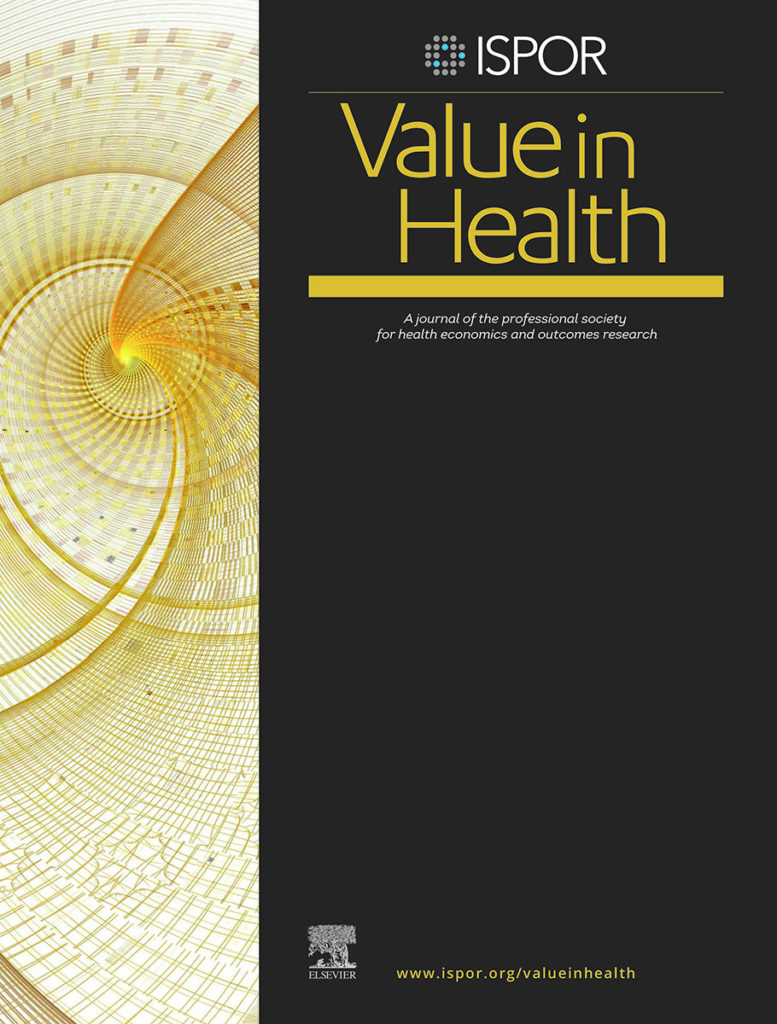Lawrenceville, NJ, USA—August 27, 2019—Value in Health, the official journal of ISPOR—the professional society for health economics and outcomes research, announced today the publication of a report introducing a new framework by which concerns for affordability can be appropriately incorporated within cost-effectiveness analysis. The report, “Incorporating Affordability Concerns Within Cost-Effectiveness Analysis for Health Technology Assessment,” was published in the August 2019 issue of Value in Health. An accompanying editorial by Charles E. Phelps entitled, “When Opportunity Knocks, What Does It Say” appears in the same issue.
Author James Lomas, PhD, Centre for Health Economics, University of York, Heslington, York, UK, created the new framework in response to an ongoing conundrum in health technology assessment: certain interventions (eg, new high-cost hepatitis C treatments) have been found to be “cost-effective” using traditional cost-effectiveness analysis (CEA), yet are simultaneously found to be “unaffordable” in practice. Dr Lomas contends that this apparent paradox reflects a conventional practice of cost-effectiveness analysis that does not properly evaluate the opportunity costs of an intervention that imposes non-marginal costs on the healthcare system.
Lomas’s report explores some of the criticisms of conventional CEA, specifically findings that interventions are cost-effective but unaffordable, and offers a new framework emanating from the perspective of a decision maker who is interested in improving overall population health with constrained resources to employ across competing potential uses. The resources available to the decision maker are exogenous, assumed to be determined by some social process. Given these constraints, the decision maker must consider the health opportunity costs (or shadow price) of committing expenditure to a particular use.
The new framework considers the scale, time profile, and uncertainty of budget impacts. This framework could in principle, according to the author, resolve all of these issues conditional on the successful estimation of health opportunity costs that vary with budget impact and the identification of an appropriate discount rate. In addition to better estimation of health opportunity costs for use in CEA, the paper also demonstrates how a number of key quantities can be estimated that can have important policy implications for payment arrangements.
“We have shown in this paper that some of the concerns outlined in the literature about the conduct of conventional CEA are valid,” said Lomas. “CEA does not typically explicitly account for the distribution of costs, nor is an appropriate ‘threshold’ used that reflects opportunity costs and how they vary for different sized budget impacts. Rather than suggesting that CEA should not reflect these matters, we here present a framework for CEA that means that the scale, time profile, and uncertainty of budget impacts do matter and are explicitly incorporated through the effects that they each have on health opportunity costs.”
###
ABOUT ISPOR
ISPOR, the professional society for health economics and outcomes research (HEOR), is an international, multistakeholder, nonprofit dedicated to advancing HEOR excellence to improve decision making for health globally. The Society is the leading source for scientific conferences, peer-reviewed and MEDLINE®-indexed publications, good practices guidance, education, collaboration, and tools/resources in the field.
Web: www.ispor.org | LinkedIn: www.linkedin.com/company/ispororg | Twitter: www.twitter.com/ispororg (@ISPORorg) | YouTube: www.youtube.com/ispororg | Facebook: www.facebook.com/ispororg | Instagram: www.instagram.com/ispororg
ABOUT VALUE IN HEALTH
Value in Health (ISSN 1098-3015) is an international, indexed journal that publishes original research and health policy articles that advance the field of health economics and outcomes research to help healthcare leaders make evidence-based decisions. The journal’s 2018 impact factor score is 5.037. Value in Health is ranked 4th among 81 journals in health policy and services, 5th among 98 journals in healthcare sciences and services, and 11th among 363 journals in economics. Value in Health is a monthly publication that circulates to more than 10,000 readers around the world.
Web: www.ispor.org/valueinhealth | Twitter: www.twitter.com/isporjournals (@ISPORjournals)
scraped from https://www.newswise.com/articles/incorporating-affordability-concerns-within-cost-effectiveness-analysis-for-health-technology-assessment
